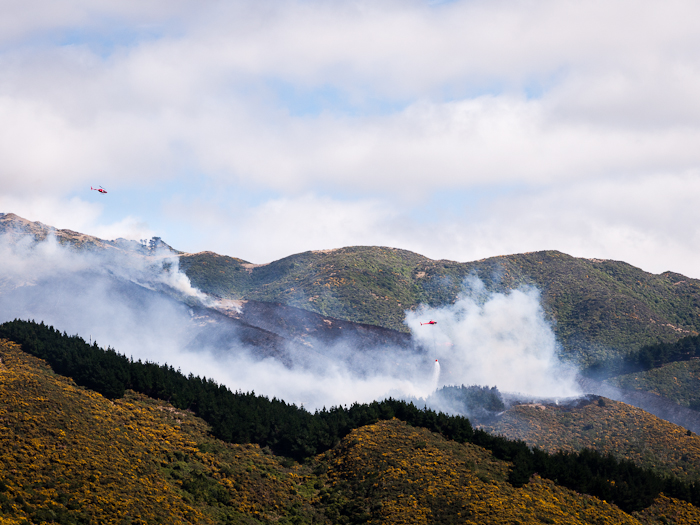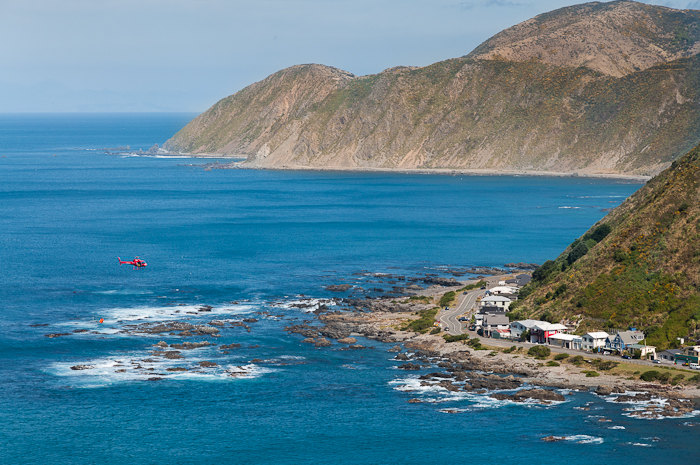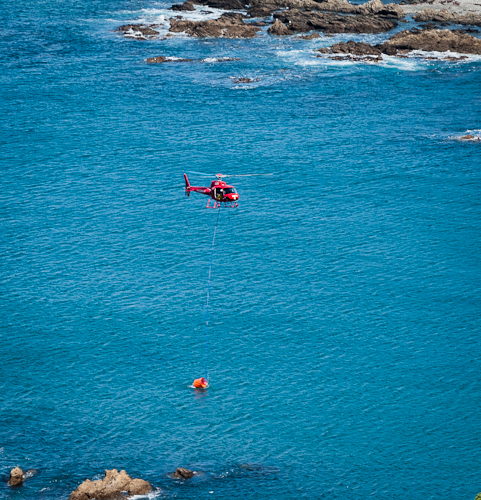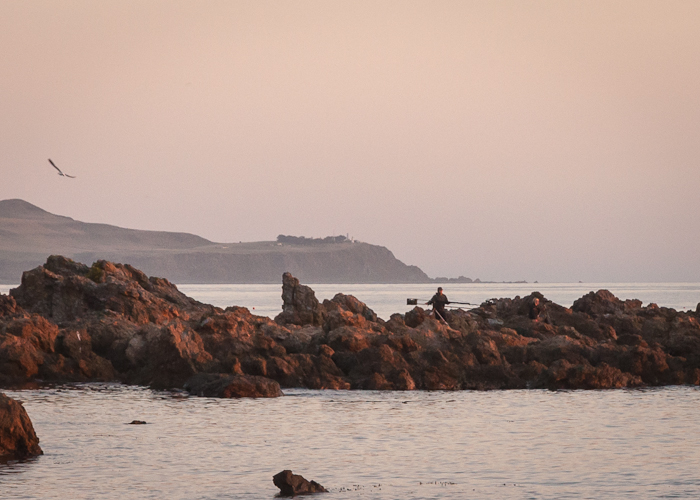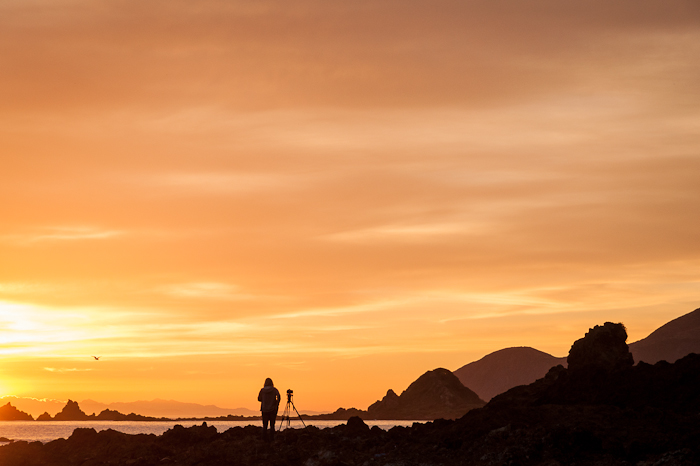Sigh. How thoughtless and foolish we can be if our preoccupation is just what we can take from the land! How we treat the land is greatly affected by our beliefs and priorities... The Maori perspective protected the water from contamination because it was seen as sacred. But they were not in control, and people were allowed to dive in the water of the springs until the threat of contamination was extremely tangible and disturbing in the form of an alien invasion - Didymo (Didymosphenia geminata) a freshwater diatom.
Charmingly called "rock snot" this revolting pest (and I am delighted by most plants!) began to invade the rivers in the South Island from 2004. It is extremely difficult to stop the spread, and a great deal of effort is being expended to control it. Under the Biosecurity Act 1993, the entire South Island is a Controlled Area, which means people are legally obliged to prevent the spreading of didymo and face penalties to the tune of $100,000 in fines or 5 years in jail if they knowingly infringe.
And it seems that this was the trigger - at last, the protection of the springs was taken really seriously. This is now the official rule - "The waters of Te Waikoropupu Springs, including Fish Creek and Springs River, are closed to all forms of contact (including fishing, swimming, diving, wading, boating and drinking the water) to safeguard water quality and to respect cultural values." Serious protection of what I too see as a treasure.











